EasyGo!™ Mouse TNF-α One-Step ELISA Kit
$349.00 – $499.00
ELISA Kit Detail Information
| Related Target | |
|---|---|
| Species | mouse |
| Sample Type | cell culture supernatant |
| Sample Volume | cell culture supernatant: 100 μL |
| Sensitivity | 1.37 pg/mL |
| Array Range | 10.94 - 700 pg/ml |
| Assay Time | 1.5h |
| Recovery | 75% - 128% |
| Average Recovery | 97% |
| Intra Precision | 2.3% - 6.5% |
| Inter Precision | 5.3% - 9.2% |
| Plate | Detachable 96-well Plate |
| Storage | If the reagent kit is unopened, it should be stored at 4℃. However, if it has been opened, the standard should be stored at -20℃, while the other components should be stored at 4℃. |
| Delivery | 4℃ Blue Ice Transport |
| Components | 1× Washing Buffer 1× Assay Buffer Stop Solution Substrate TMB Standard Microplate Wells |
| Assay Principle | This assay employs the quantitative sandwich enzyme immunoassay technique. A monoclonal antibody specific for Mouse TNF-α has been immobilized onto microwells, and one pellet of the HRP-linked detect antibody specific for TNF-α (light yellow) is pre-placed in the microwells, sealed by the adhesive film. Standard or samples are pipetted into the wells, then TNF-α present is bound by the immobilized antibody and detect antibody. After washing, substrate solution reacts with HRP and color develops in proportion to the amount of TNF-α bound by the immobilized antibody. The color development is stopped and the intensity of the color is measured by microplate reader. |
Related Targets
TNF
TNF Target Infomation Overview
- Target Symbol: TNF, tumor necrosis factor
- Gene Groups: Tumor necrosis factor superfamily
- Alias: TNFSF2; DIF; TNF-alpha
- Previous Names: TNFA
- Alias Names: TNF superfamily, member 2; tumor necrosis factor (TNF superfamily, member 2)
TNF, tumor necrosis factor Target Infomation by Species
- Human
- Mouse
- Rat
Human TNF Target Information
- Target Symbol: TNF, tumor necrosis factor
- Alias:
- APC1 protein
- cachectin
- DIF
- TNF superfamily, member 2
- TNF-a
- TNF-alpha
- TNF, macrophage-derived
- TNF, monocyte-derived
- TNFA
- TNFSF2
- TNLG1F
- tumor necrosis factor alpha
- tumor necrosis factor ligand 1F
- tumor necrosis factor ligand superfamily member 2
- tumor necrosis factor-alpha
- NCBI_Gene: 7124
- UniProtKB: P01375
Human TNF Predicted Functions
Enables several functions, including identical protein binding activity; protease binding activity; and signaling receptor binding activity. Involved in several processes, including negative regulation of macromolecule metabolic process; positive regulation of macromolecule metabolic process; and regulation of apoptotic process. Acts upstream of or within several processes, including regulation of cellular protein metabolic process; regulation of gene expression; and regulation of signal transduction. Located in cell surface; extracellular space; and membrane raft. Is integral component of plasma membrane. Implicated in several diseases, including artery disease (multiple); autoimmune disease (multiple); eye disease (multiple); lung disease (multiple); and skin disease (multiple). Biomarker of several diseases, including anemia (multiple); autoimmune disease (multiple); eye disease (multiple); kidney disease (multiple); and lung disease (multiple).
Mouse Tnf Target Information
- Target Symbol: Tnf, tumor necrosis factor
- Alias:
- DIF
- TNF alpha
- TNF-alpha
- Tnfa
- TNFalpha
- Tnfsf1a
- tumor necrosis factor-alpha
- tumor necrosis factor, alpha
- NCBI_Gene: 21926
Mouse Tnf Predicted Functions
Enables cytokine activity; protease binding activity; and tumor necrosis factor receptor binding activity. Involved in several processes, including endothelial cell apoptotic process; positive regulation of cell communication; and positive regulation of macromolecule metabolic process. Acts upstream of or within several processes, including apoptotic signaling pathway; positive regulation of intracellular signal transduction; and regulation of gene expression. Located in several cellular components, including external side of plasma membrane; phagocytic cup; and recycling endosome. Is expressed in several structures, including alimentary system; brain; integumental system; lung; and reproductive system. Used to study several diseases, including autoimmune disease (multiple); congestive heart failure; heart valve disease (multiple); idiopathic pulmonary fibrosis; and spondyloarthropathy. Human ortholog(s) of this gene implicated in several diseases, including artery disease (multiple); autoimmune disease (multiple); eye disease (multiple); lung disease (multiple); and skin disease (multiple). Orthologous to human TNF (tumor necrosis factor).
Rat Tnf Target Information
- Target Symbol: Tnf, tumor necrosis factor
- Alias:
- cachectin
- LOC103694380
- MGC124630
- RATTNF
- TNF-a
- TNF-alpha
- Tnfa
- tumor necrosis factor (TNF superfamily, member 2)
- tumor necrosis factor alpha
- tumor necrosis factor ligand superfamily member 2
- tumor necrosis factor superfamily member 2
- tumor necrosis factor superfamily, member 2
- tumor necrosis factor-alpha
- tumor necrosis factor-like
- NCBI_Gene: 24835
- UniProtKB: P16599
Rat Tnf Predicted Functions
Enables tumor necrosis factor receptor binding activity. Involved in several processes, including positive regulation of cell communication; positive regulation of macromolecule metabolic process; and positive regulation of neuron death. Located in several cellular components, including external side of plasma membrane; extracellular space; and neuronal cell body. Used to study several diseases, including cerebrovascular disease (multiple); liver disease (multiple); peptic esophagitis; perinatal necrotizing enterocolitis; and periventricular leukomalacia. Biomarker of several diseases, including brain disease (multiple); congestive heart failure (multiple); inflammatory bowel disease (multiple); lung disease (multiple); and non-alcoholic fatty liver disease (multiple). Human ortholog(s) of this gene implicated in several diseases, including artery disease (multiple); autoimmune disease (multiple); eye disease (multiple); lung disease (multiple); and skin disease (multiple). Orthologous to human TNF (tumor necrosis factor).

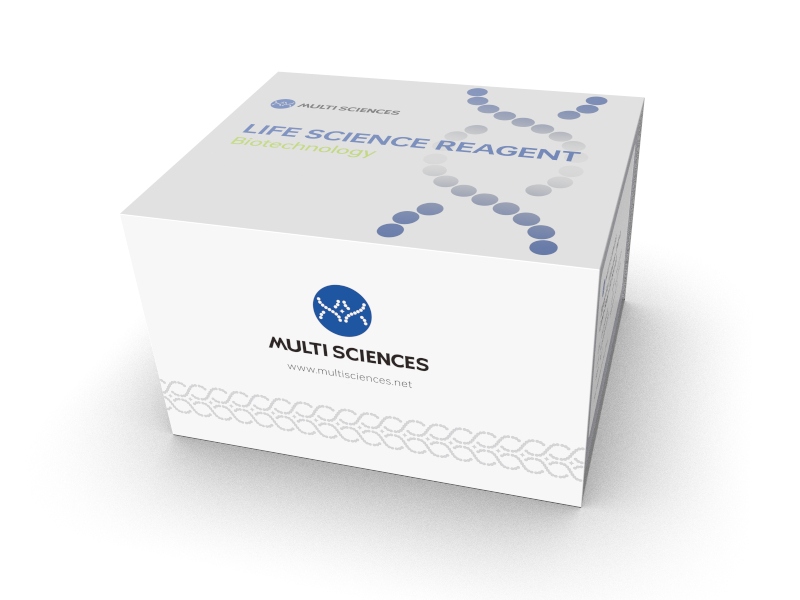
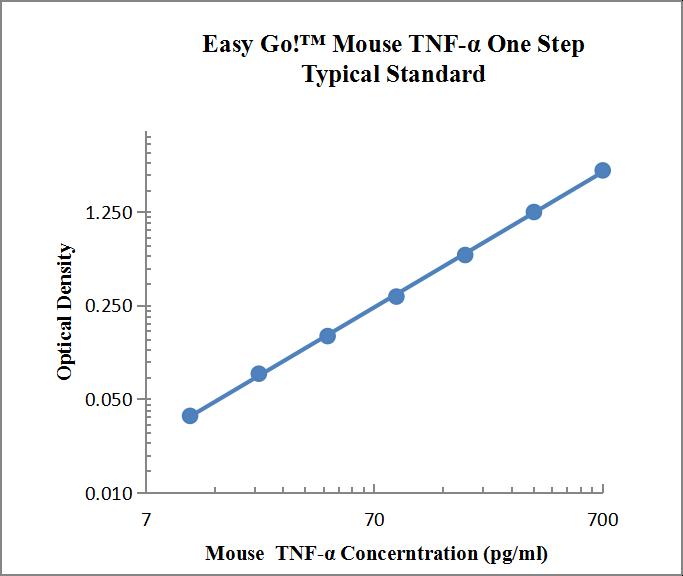

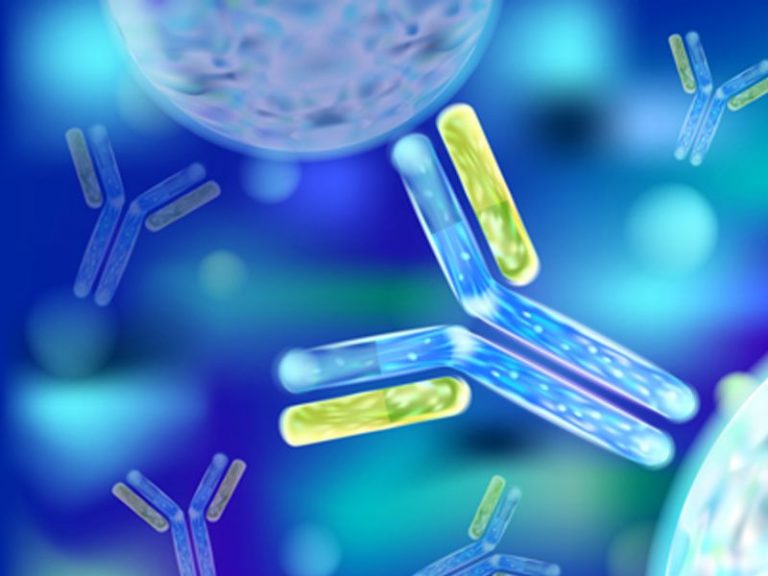
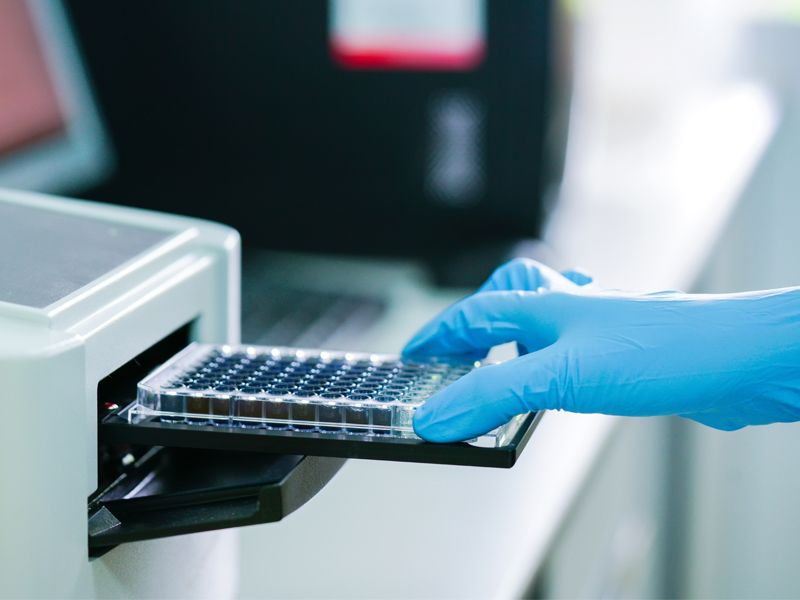
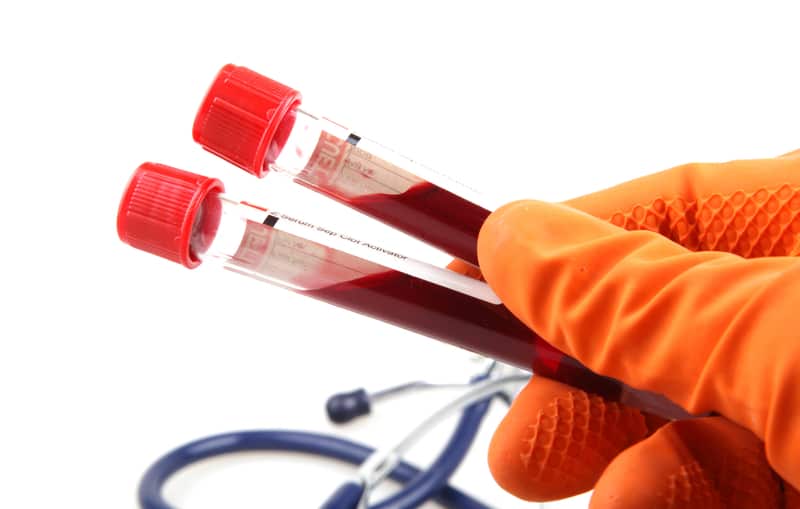
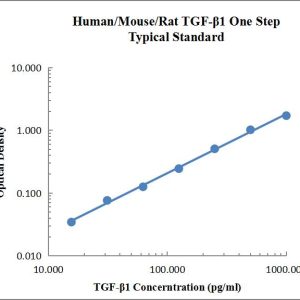
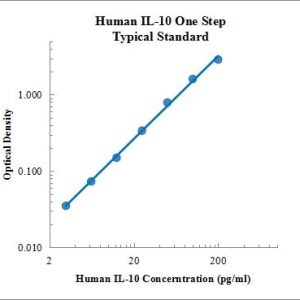
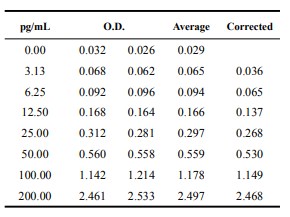
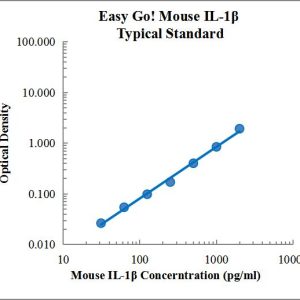
Reviews
There are no reviews yet.